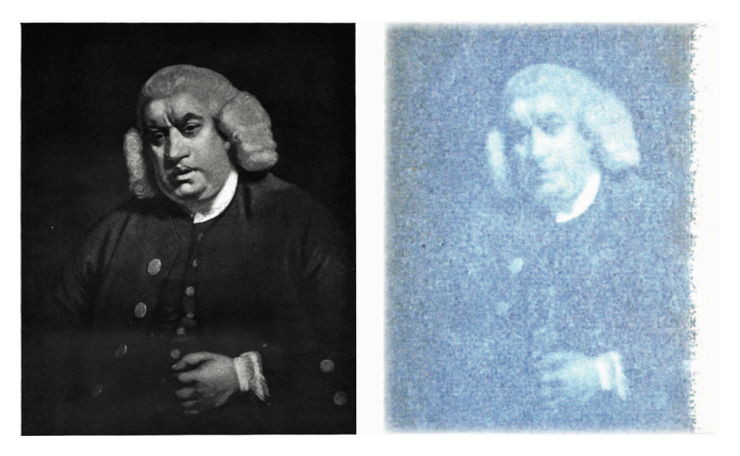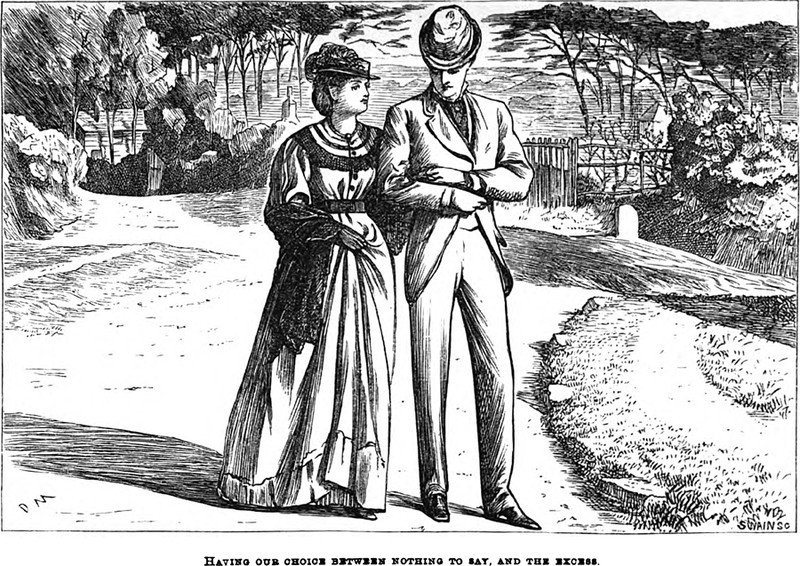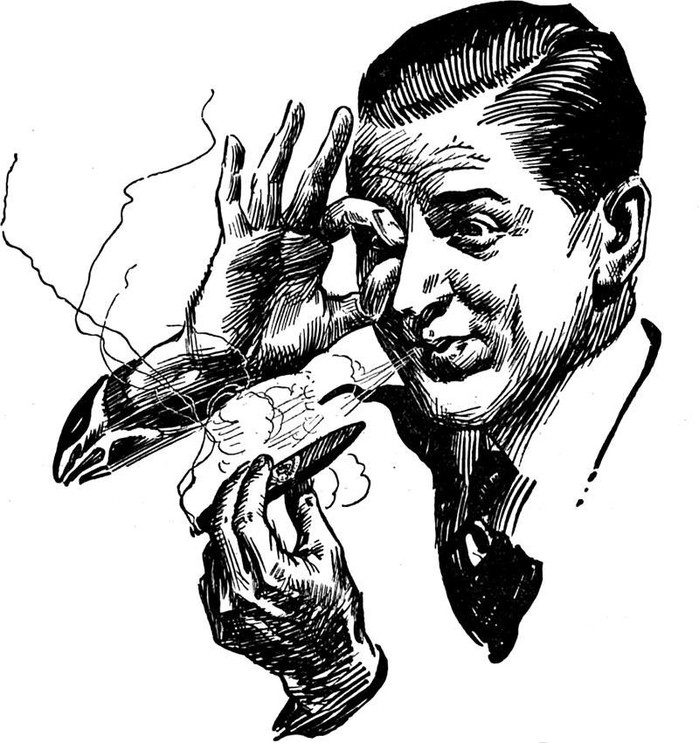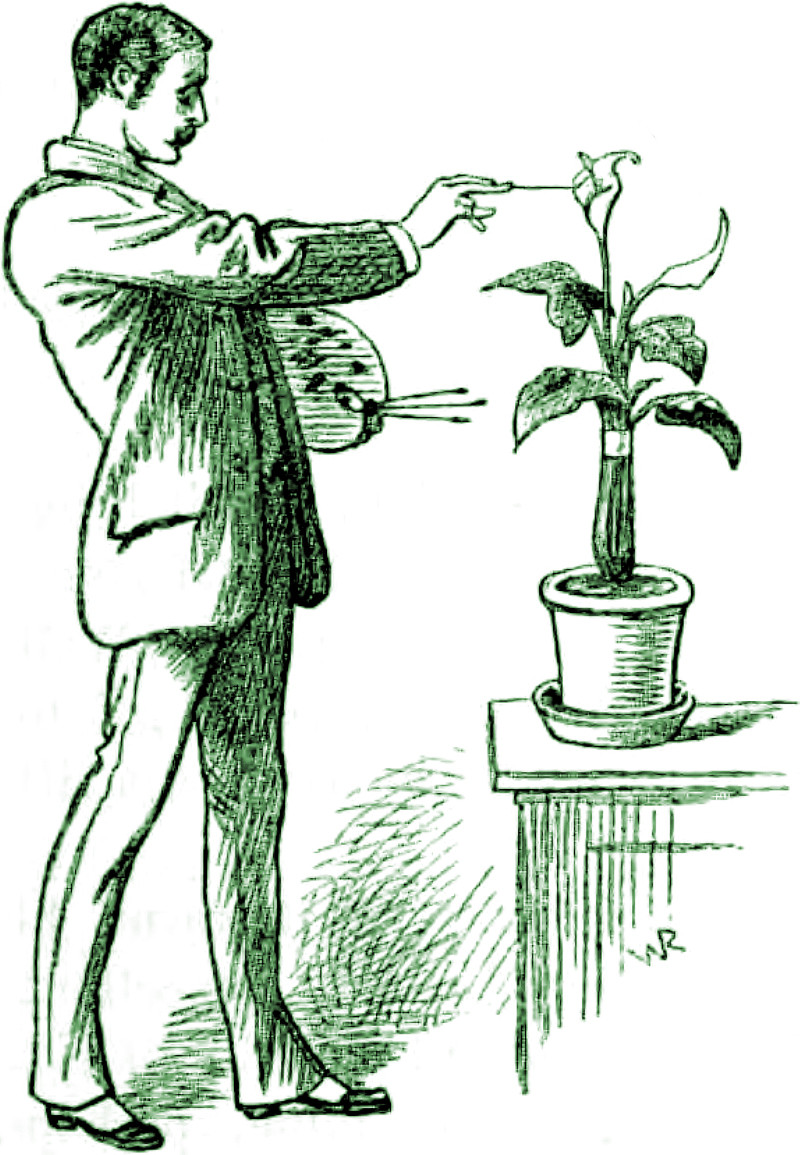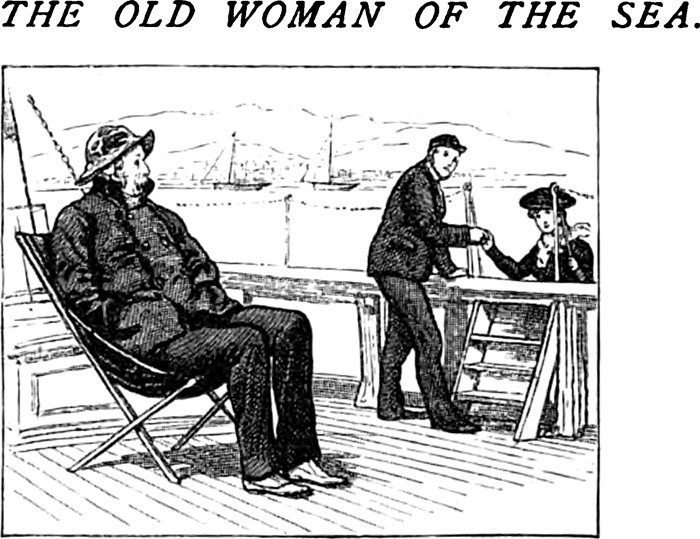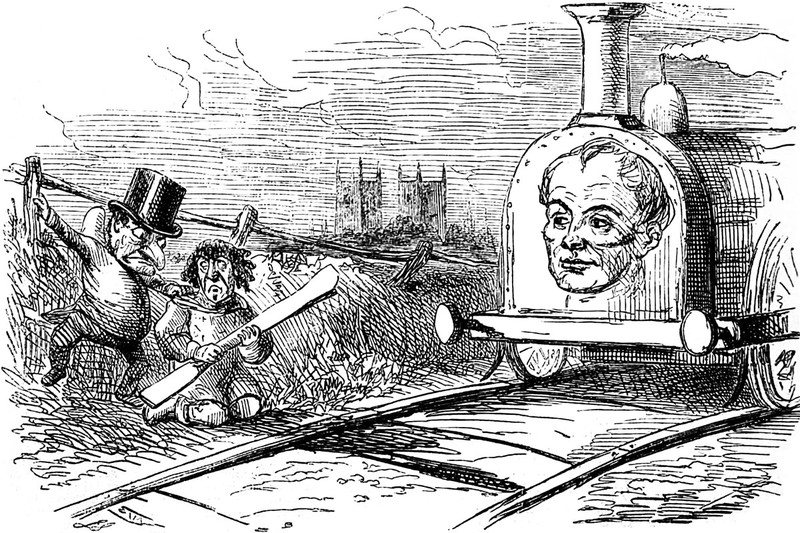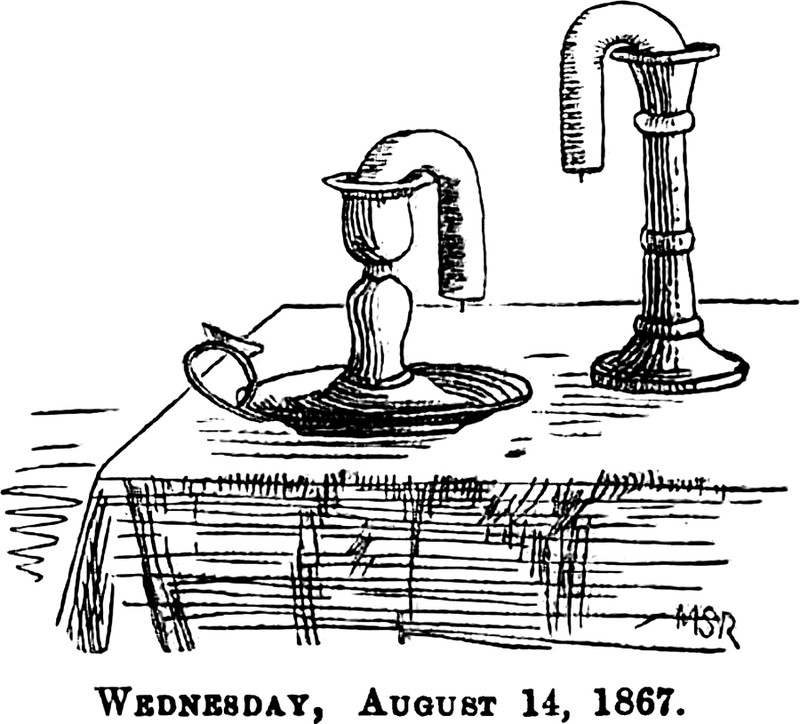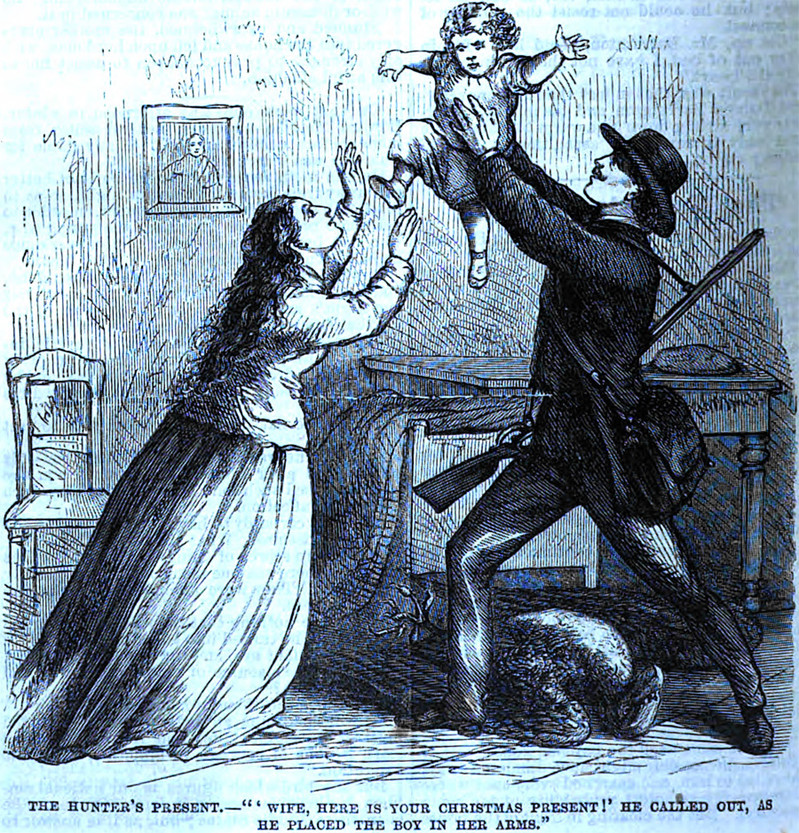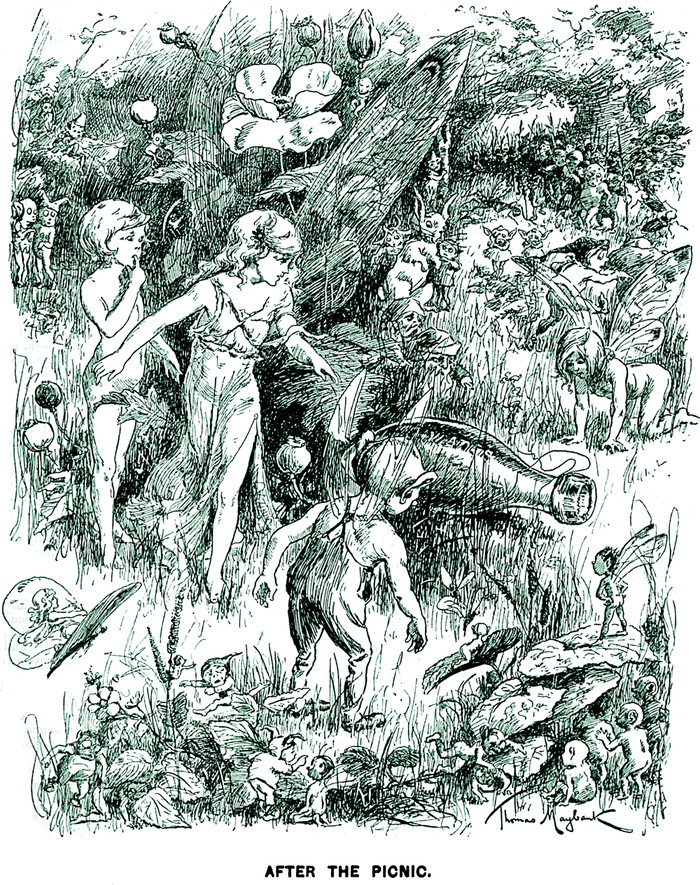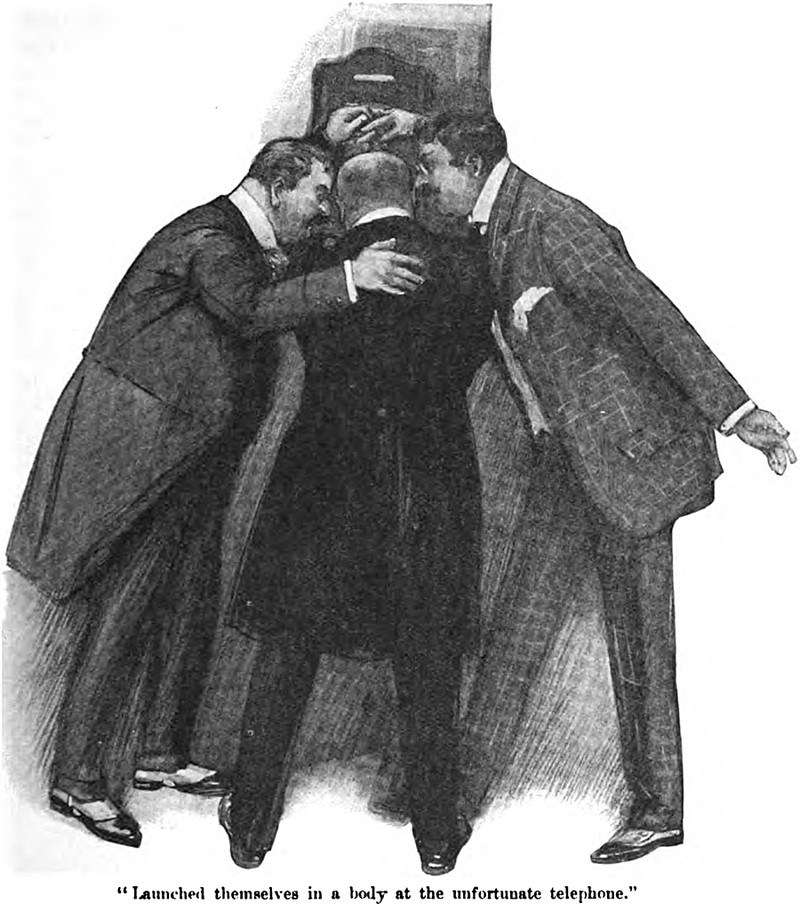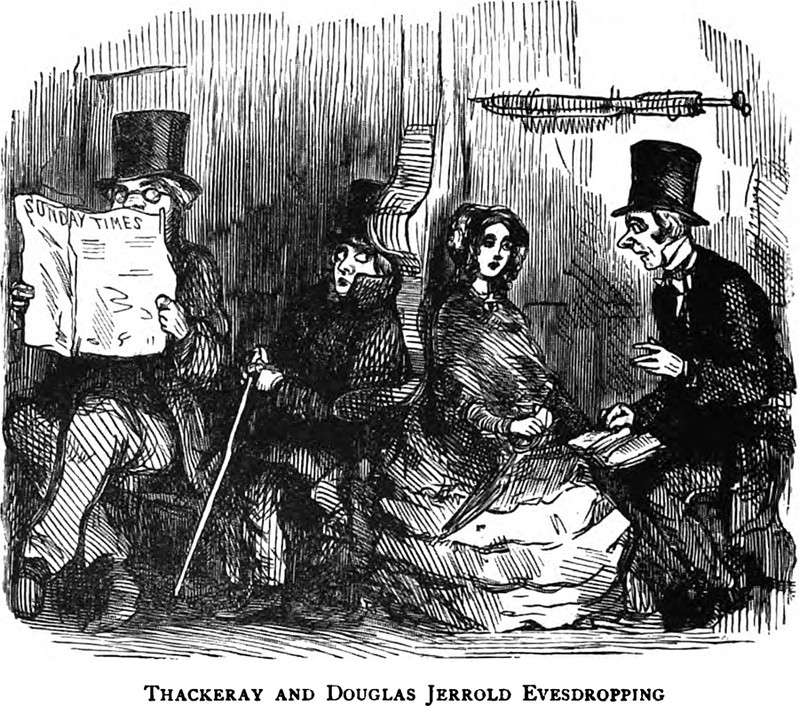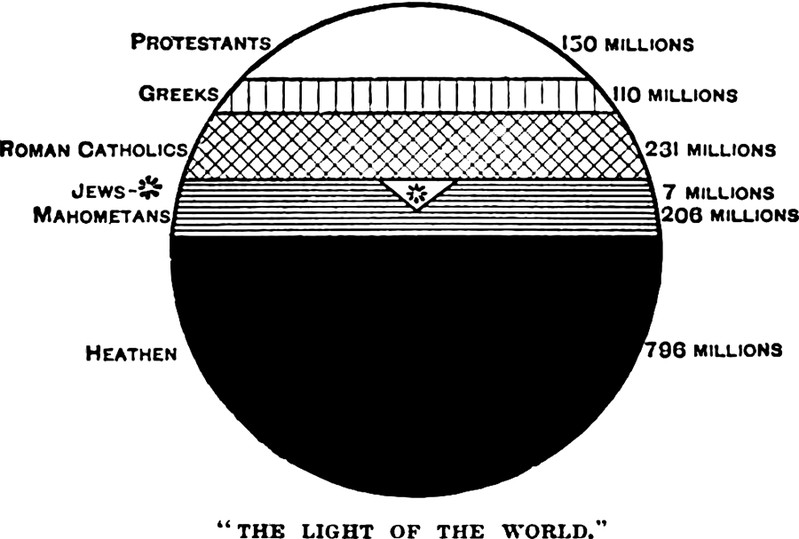
 |
|
|
 |
 |
 |
Here's a precursor to the thrice great Charles Fort, on humankind being ghosts: [Samuel] Johnson had a peculiar temperament. For a time he was extremely interested in the subject of ghosts. He was so interested in them that he spent several nights in an abandoned house to see if he could meet one. Apparently, he didn’t. There’s a famous passage by the Scottish writer, Thomas Carlyle … in which he talks about Johnson, saying that Johnson wanted to see a ghost. And Carlyle wonders: "What is a ghost? A ghost is a spirit that has taken corporal form and appears for a while among men.” Then Carlyle adds, "How could Johnson not have thought of this when faced with the spectacle of the human multitudes he loved so much in the streets of London, for if a ghost were a spirit that has taken a corporal form for a brief interval, why did it not occur to him that the London multitudes were ghosts, that he himself was a ghost? What is each man but a spirit that has taken corporal form briefly and then disappears? What are men if not ghosts? — A Lecture on Johnson and Boswell by Borges |

 |
|
|
 |
 |
 |
Here's a precursor to a memorable scene from Best in Show: "We could not talk or talk forever and still find things to not talk about." The caption reads, "Having our choice between nothing to say, and the excess." From Cornhill magazine, 1871. |

 |
|
|
 |
 |
 |
Here's a precursor to the signature "Be seeing you" sign in the cult television series The Prisoner. It's from Colliers magazine, May 17, 1919. |

 |
|
|
 |
 |
 |
Here's a precursor to the 3D printing (additive manufacturing) process, from Cornhill magazine, 1883. We see that the more things tech, the more they stay the same. |

 |
|
|
 |
 |
 |
About seventy years before Hemingway debuted The Old Man and the Sea, we find the story of "The Old Woman of the Sea" in Cornhill magazine, 1883. |

 |
|
|
 |
 |
 |
Alex Baze once tweeted, "Mom has left town, and with her, most of New York City's Splenda packets." Here's a precursor from Cornhill magazine, 1860. The caption reads, "Where the sugar goes." |




 |
|
|
 |
 |
 |
Here's a precursor to the Coen brothers' baby-snatching comedy Raising Arizona, from an 1869 issue of Pleasant Hours. The caption reads: "'Wife, here is your Christmas present!' he called out, as he placed the boy in her arms." |

 |
|
|
 |
 |
 |
The concept of de-evolution is that humankind is regressing, as evidenced by the dysfunction and herd mentality of American society. The idea was developed in the late 1960s by the founders of the band Devo. Could they have been inspired by this 1964 episode of Bewitched? |

 |
Here's a sword suspension from 1848, about a year before Robert-Houdin debuted his famous broomstick illusion. From Punch. |

 |
|
|
 |
 |
 |
A glass bottle from modern civilization is tossed into another world: an unmistakable precursor to the 1980 comedy film The Gods Must Be Crazy. From Punch, 1902. |


 |
|
|
 |
 |
 |
Here's a precursor to The Matrix (1999), from a 1968 episode of Bewitched. Larry takes the red pill. |

 |
|
|
 |
 |
 |
The mysterious HBG2, the genius responsible for Long-Forgotten (ruminations and revelations concerning the history and artistry of Disney's Haunted Mansion) offers a glorious forerunner to Fantasia's glamorous hippos. Compare the Disney version of a hippo with a powder puff and hand mirror to that in a 1914 issue of Puck. [Thanks, HBG2!]
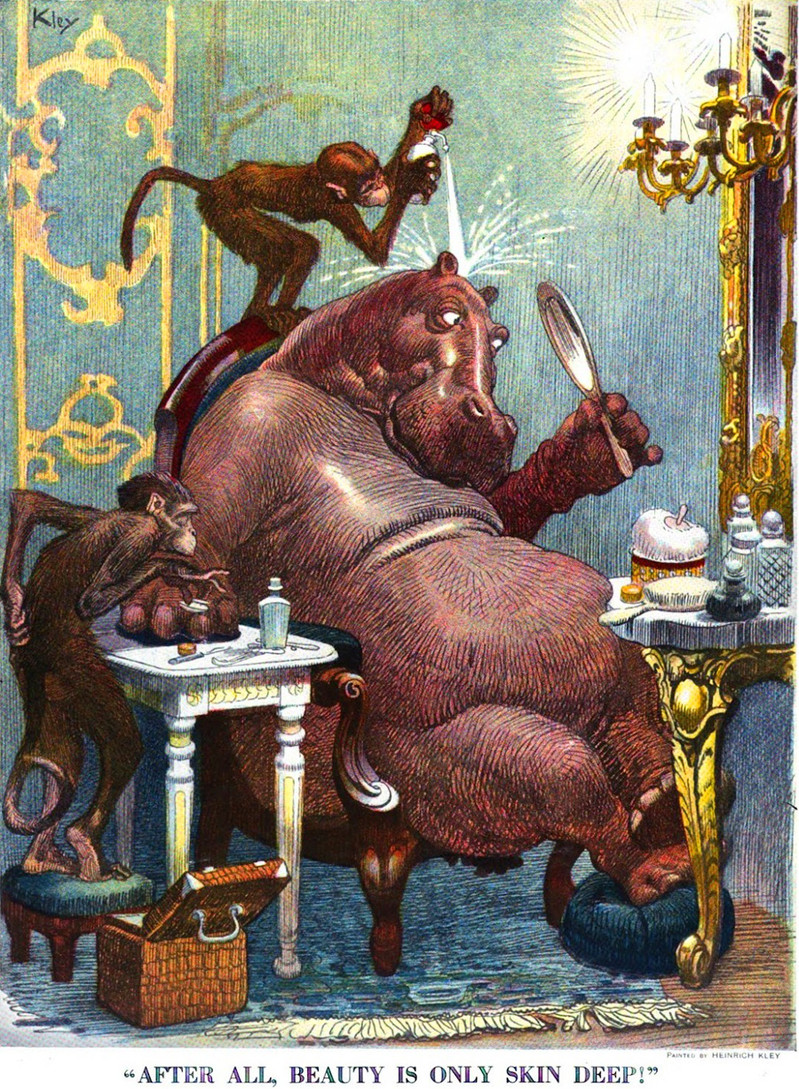
The caption reads, "After all, beauty is only skin deep!"
|

 |
|
|
 |
 |
 |
We found a precursor to this great quip by Jonathan Caws-Elwitt: "Genius is 10 percent inspiration and 90 percent eavesdropping location." The illustration appears in The Critic, 1898. The caption reads, "[William Makepeace] Thackeray and Douglas Jerrold evesdropping." |


 |
|
|
 |
 |
 |
Here's a precursor to The Man Who Fell to Earth, from an 1895 issue of The Quiver. The caption reads, "He found himself on Mother Earth." |

Page 65 of 70

> Older Entries...

Original Content Copyright © 2025 by Craig Conley. All rights reserved.
|




